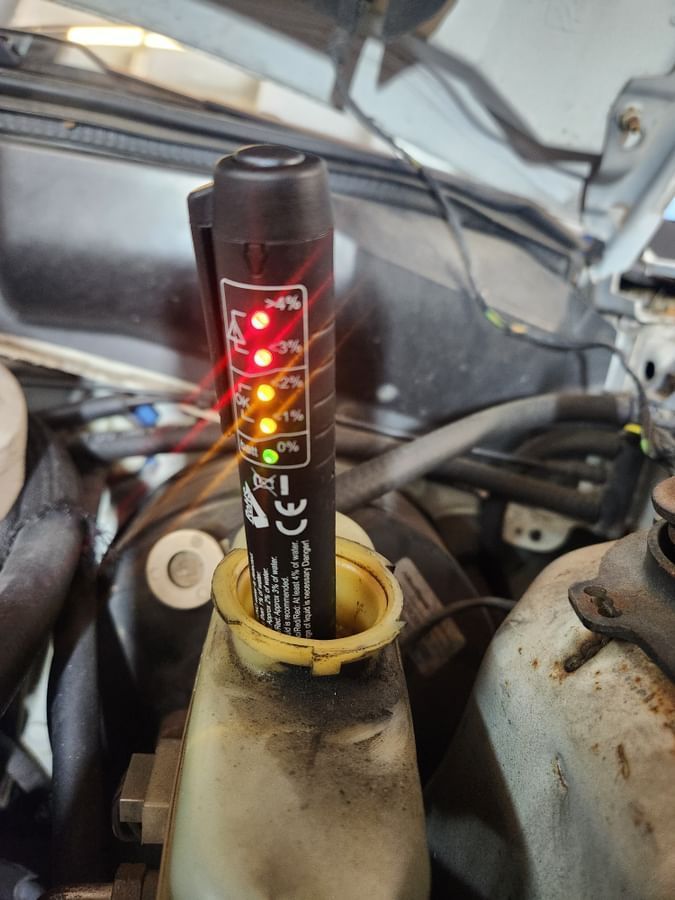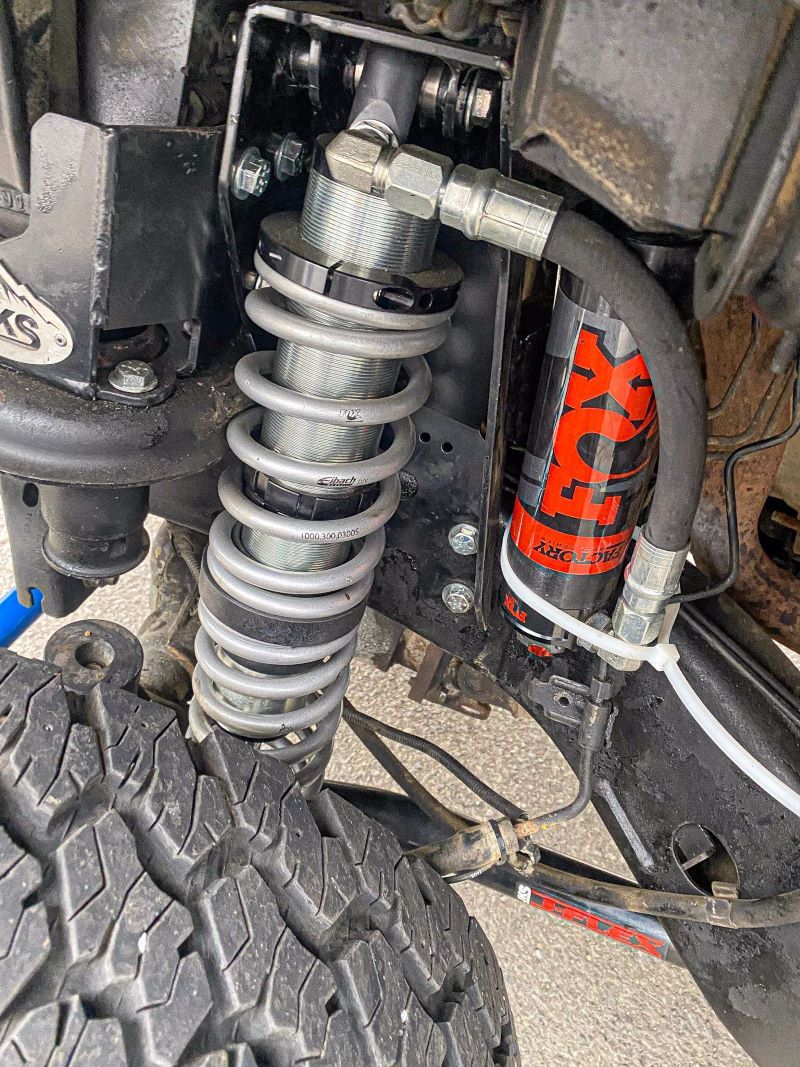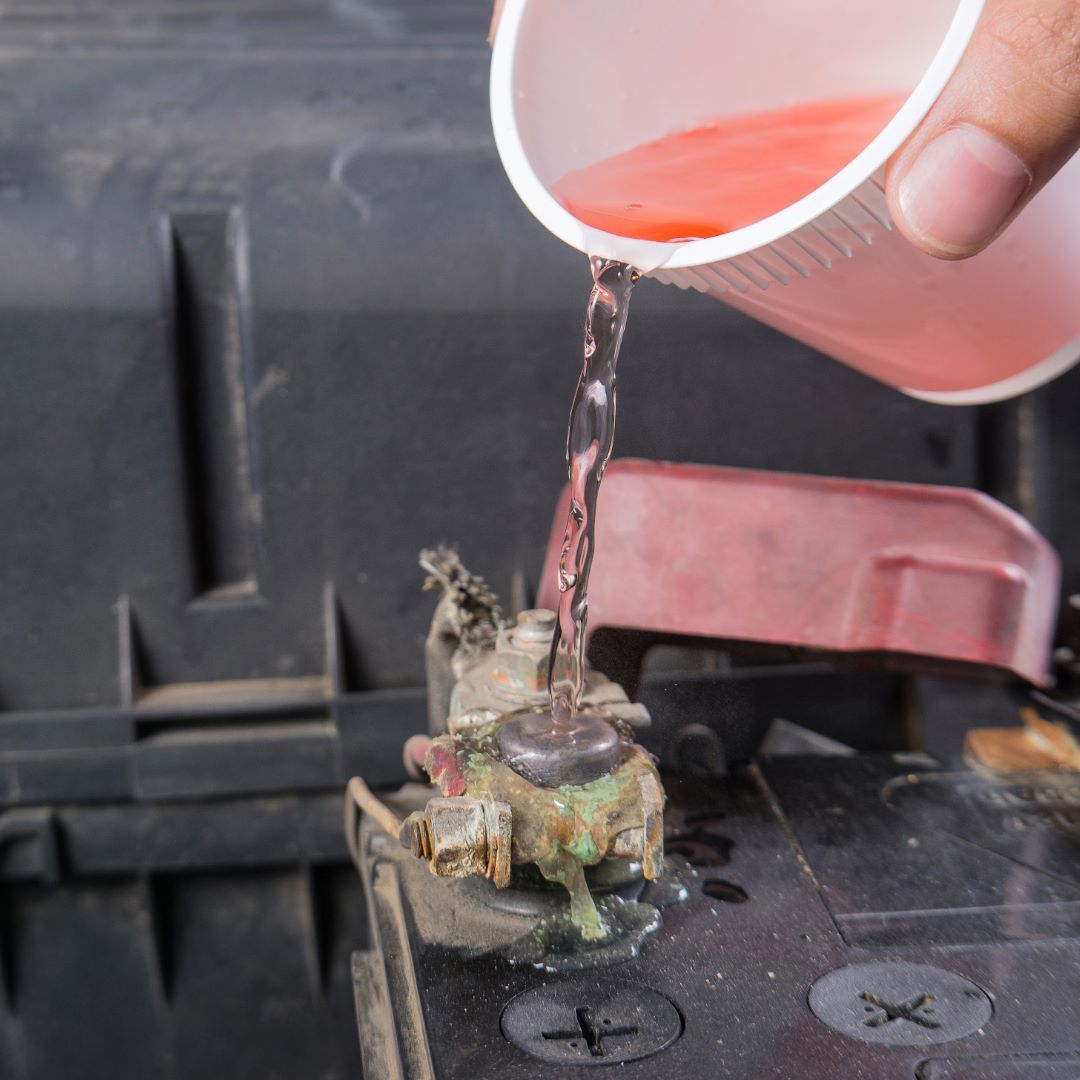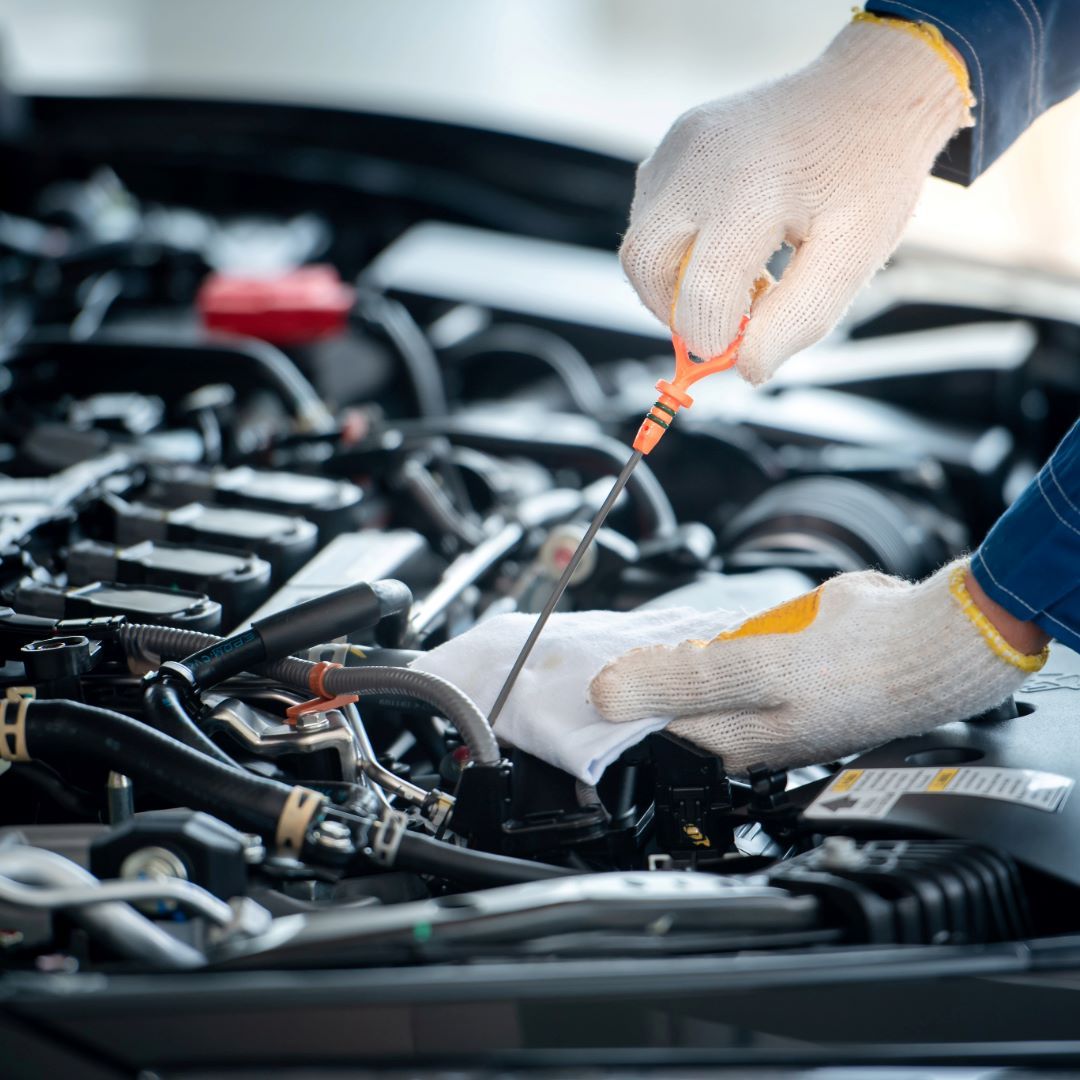Transmission Maintenance: What Your Transmission Does and How to Take Care of It
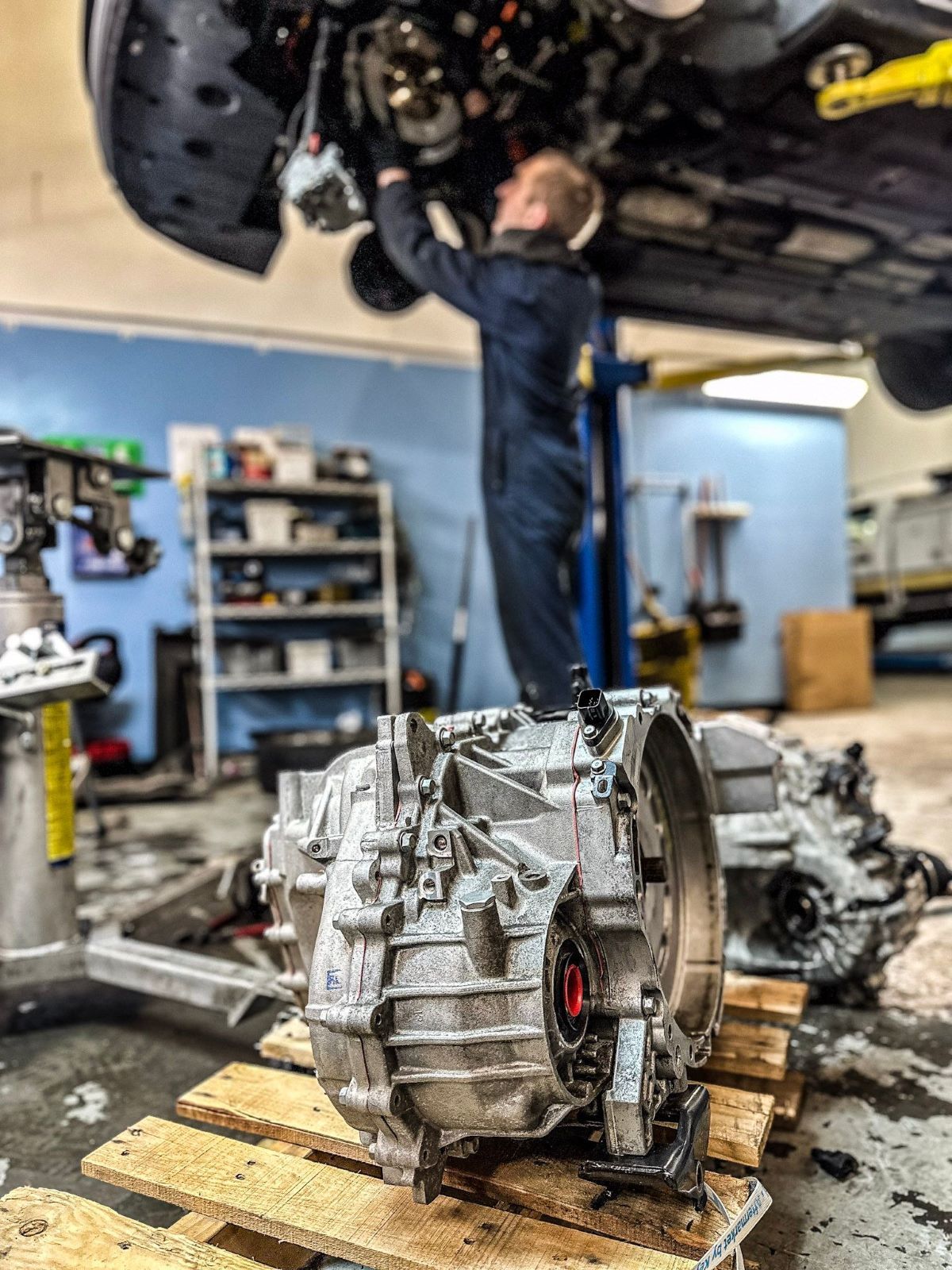
Transmission Maintenance in Burien | Fluid Service & Repair | ABC Auto Repair
Your transmission is one of the most complex and essential components of your vehicle. While you don’t need to be a mechanic to understand how it works, it helps to know the basics especially when it comes to protecting your investment and avoiding costly repairs.
Here’s a simple guide for drivers in Burien who want to keep their transmission running smoothly.
What Does the Transmission Do?
Your engine creates power by producing RPMs rotational speed. However, engines have a narrow range in which they operate efficiently. That’s where the transmission comes in.
The transmission uses gears to regulate the amount of torque (power) that’s delivered to your wheels. Lower gears provide more torque for acceleration and climbing, while higher gears reduce engine strain during cruising speeds.
A typical gear configuration includes:
- Lower gears for low-speed power
- Mid-range gears for city driving
- Overdrive gears (like 5th or 6th) for fuel-efficient highway travel
Whether you drive a manual transmission (MT) or an automatic transmission (AT), the basic purpose is the same: optimizing your engine's power output to improve performance and efficiency.
Key Transmission Components You Should Know
Clutch (Manual Transmissions)
The clutch allows the driver to disengage the engine from the transmission so gears can be shifted without grinding. Manual clutches use hydraulic fluid, and that fluid needs to be kept at proper levels and changed periodically.
If your clutch feels soft or hard to engage, it may be time for a fluid check or clutch repair.
Transmission Fluid (MT & AT)
- Manual transmission fluid acts as a lubricant to reduce heat and friction. Over time, it becomes contaminated with metal shavings and needs to be drained and replaced.
- Automatic transmission fluid (ATF) does double duty: lubricating and acting as a hydraulic fluid. Low or dirty ATF can cause harsh shifting, slipping, or poor performance.
Some automatic systems also use a transmission filter to trap contaminants. If your ATF is due for replacement, the filter should be changed too.
What You Should Do for Your Transmission
For Manual Transmissions:
- Check the clutch fluid level regularly (under the hood)
- Inspect transmission fluid quality and level periodically
- Drain, flush, and refill the gearbox fluid as needed
For Automatic Transmissions:
- Use the ATF dipstick to check fluid condition (while the engine is running)
- Schedule transmission fluid changes as recommended
- Replace the transmission filter during service
How Often Should You Service the Transmission?
Always consult your owner’s manual for factory-recommended service intervals. If unsure, a local dealership can provide specifics. A good rule of thumb: inspect the fluid every time you refuel especially if your vehicle is high mileage or used for towing or heavy loads.
Clean fluid is essential:
- Manual fluid should appear amber or light brown
- ATF should be translucent pink
If the fluid appears dark, gritty, or smells burnt, it’s time for a transmission service. Dirty fluid leads to increased wear, shifting issues, and can even damage internal components if neglected.
Important: Flushing may be required if sludge has built up otherwise, fresh fluid will just get contaminated again.
Transmission Maintenance in Burien
At ABC Auto Repair in Burien, we provide expert transmission diagnostics, fluid flushes, clutch inspections, and filter replacements. Whether you drive a Toyota Camry, BMW 3 Series, Ford F-150, or a commercial van, we’ve got your transmission covered.

